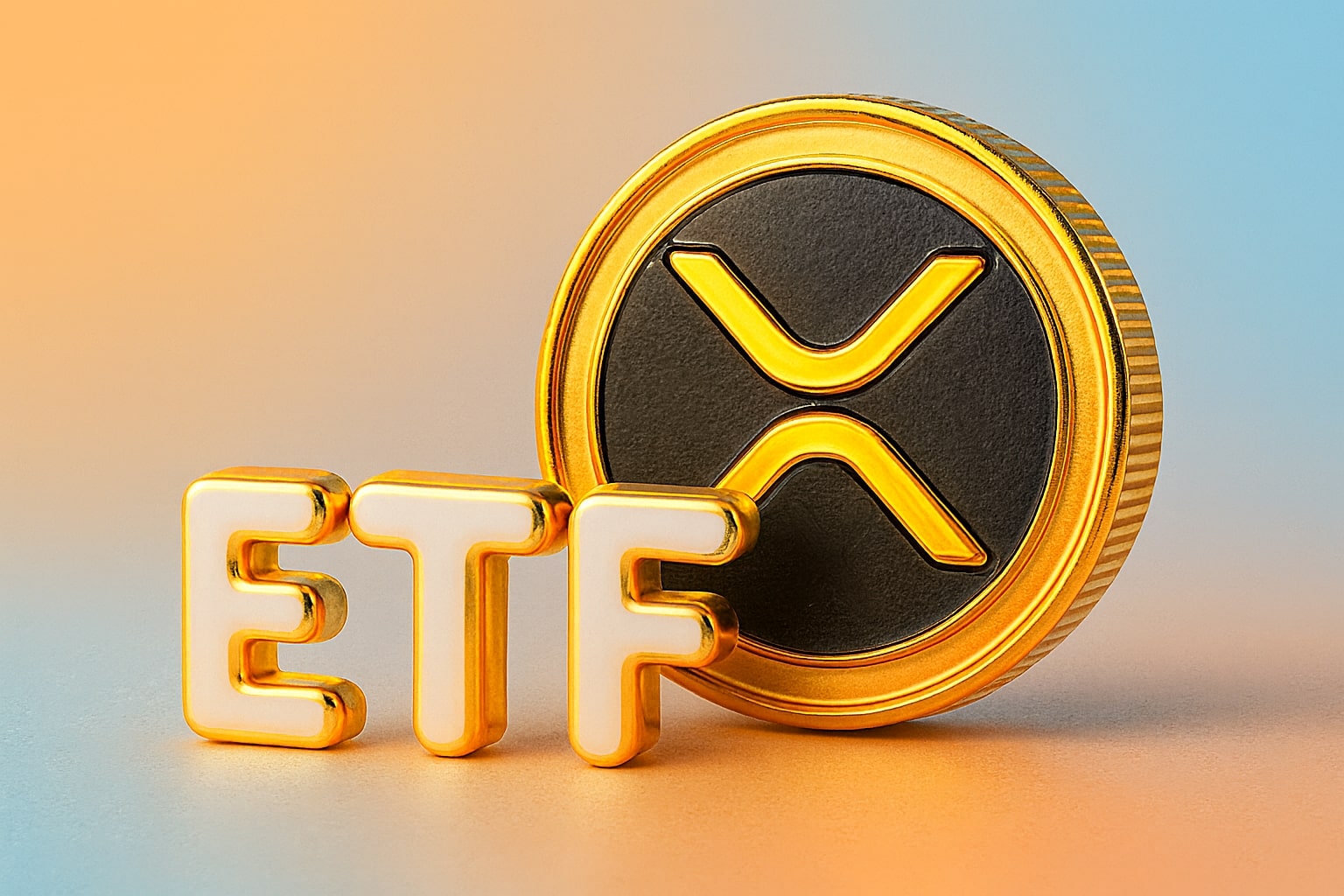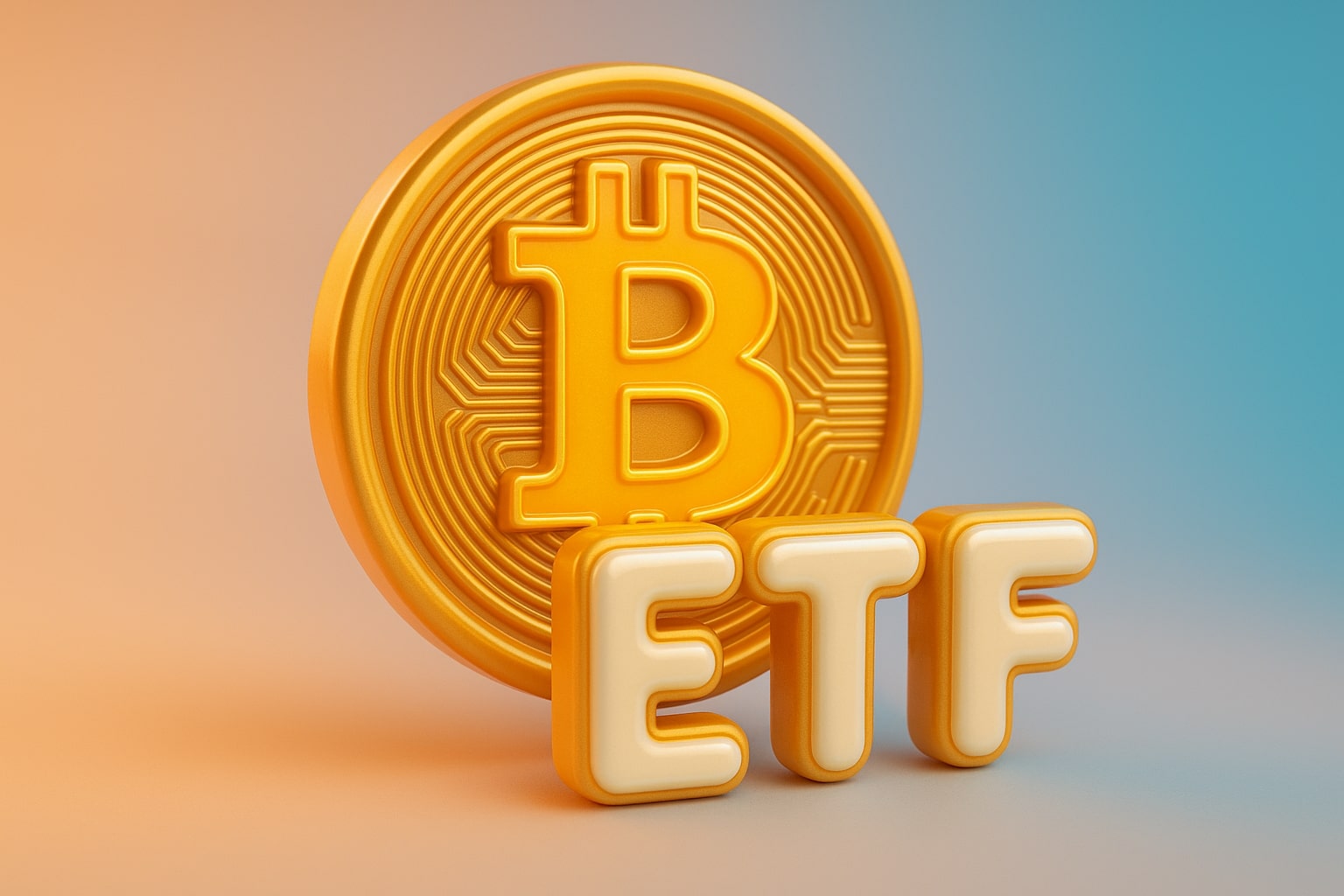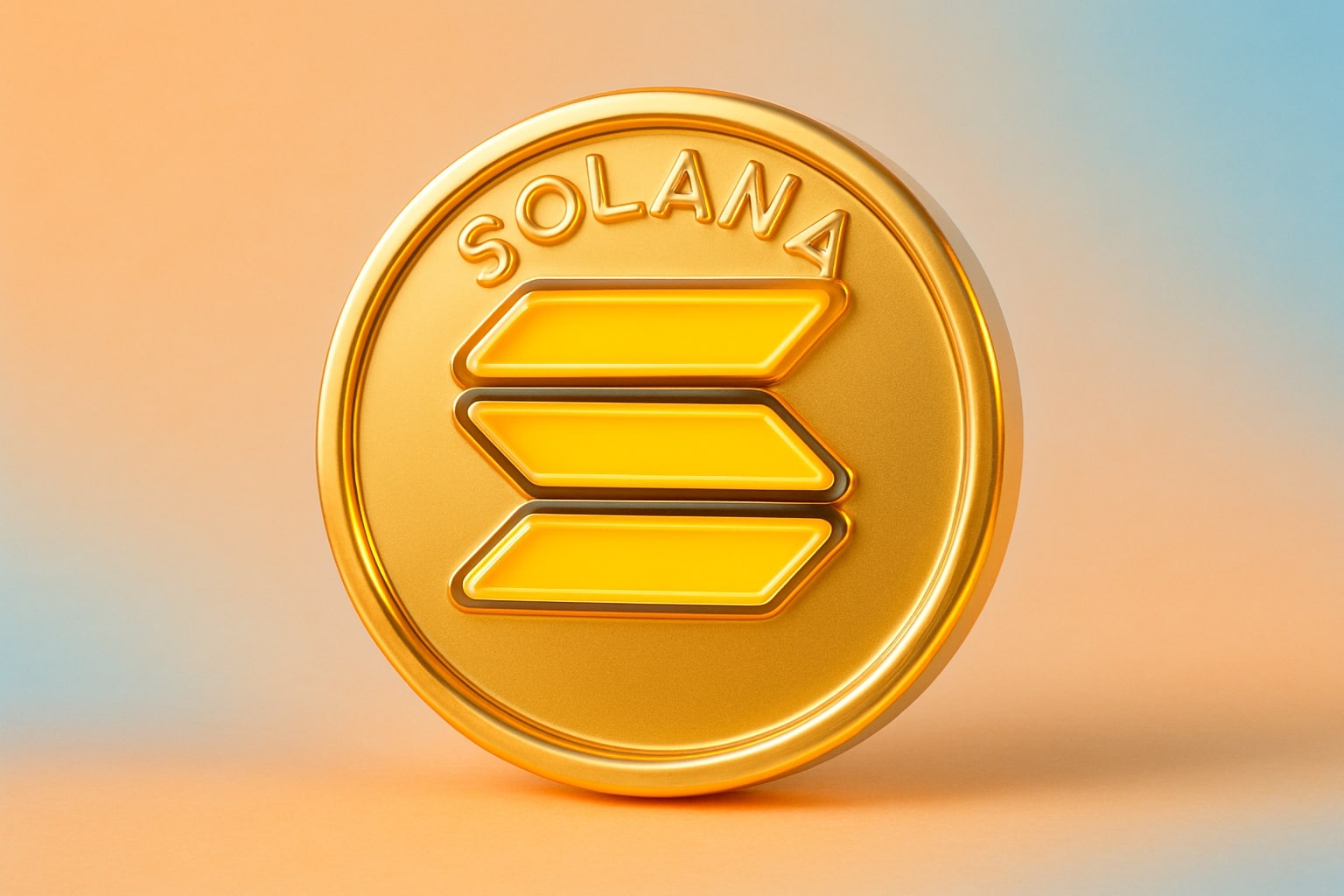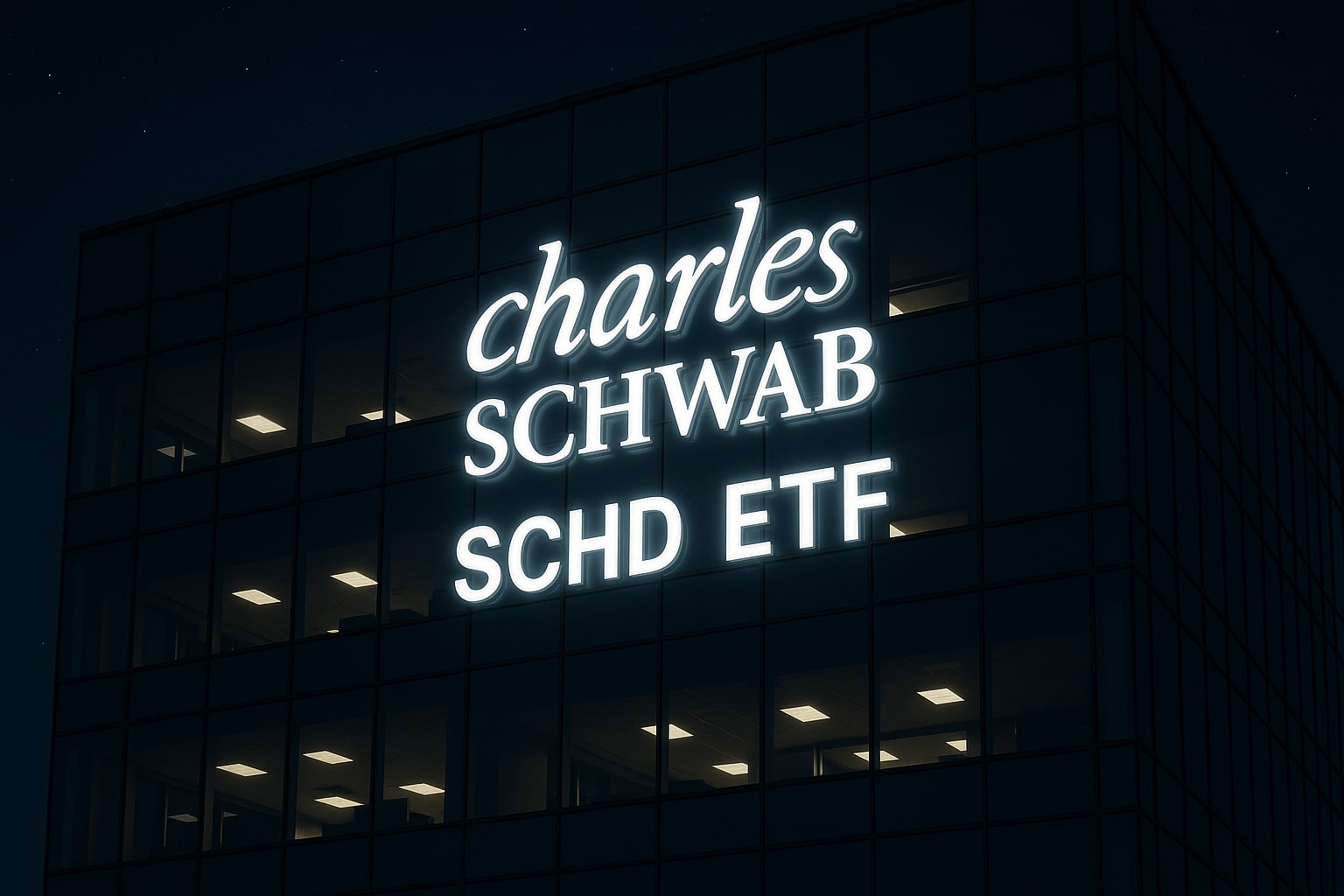
Ethereum Price Forecast: ETH-USD Consolidates at $4,296 With $10,000 in Sight
ETH-USD stabilizes near $4,296 as ETFs absorb supply, Fusaka upgrade looms, and whales accumulate, setting stage for multi-year rally | That's TradingNEWS
Ethereum Price Analysis: ETH-USD Consolidates Before Next Move
Ethereum (ETH-USD) is trading at $4,296, down about 1.56% on the day, after recently touching highs near $4,946 in August. This retreat underscores a cooling-off period after ETH posted a 22.4% monthly gain and reclaimed long-term resistance lines. Market capitalization stands at $535 billion, with a daily trading volume north of $31.7 billion, reinforcing Ethereum’s role as the second-largest cryptocurrency and the primary barometer for altcoin sentiment. Analysts continue to project an eventual climb above $10,000 by 2026, with some targets extending toward $15,000, provided technical structures and institutional demand hold firm.
Institutional flows, ETFs, and whale activity
Unlike the 2021 bull cycle that was fueled largely by retail speculation, the current momentum is driven by institutions. U.S. spot Ethereum ETFs have absorbed over 286,000 ETH in a single week, part of $11 billion in year-to-date inflows, a level that signals structural demand. BlackRock disclosed a $323 million ETH purchase, while BitMine increased holdings by more than 190,500 ETH, spending an additional $21 million in August. SharpLink Gaming has also reported ETH treasury growth, holding more than 39,000 ETH valued at $3.6 billion. Alongside this, a Bitcoin whale converted $1 billion into ETH, underscoring confidence in Ethereum’s long-term trajectory. Whale accumulation and ETF inflows are tightening exchange supply, creating a supportive backdrop even as ETH consolidates under resistance.
Ethereum upgrades: Holesky shutdown and Fusaka arrival
Ethereum’s developer roadmap has entered a new chapter with the retirement of the Holesky testnet after persistent validator inefficiencies. It is being replaced by Hoodi, Sepolia, and Ephemery, networks designed to strengthen developer efficiency ahead of the Fusaka upgrade. Fusaka promises cheaper and faster rollups by spreading data storage more evenly across validators, a critical scalability step. Previous major upgrades—Dencun, Pectra, and Shanghai—proved Ethereum’s ability to execute transitions without derailing mainnet stability. The move to streamline test environments lowers upgrade risks, directly feeding market confidence. A reliable upgrade pipeline reduces the odds of disruptive bugs and enhances ETH’s appeal to institutions seeking long-term blockchain exposure.
Technical structure and price levels
The daily chart shows ETH consolidating between $4,150 and $4,600, with Bollinger Bands compressing in a setup that often precedes breakouts. Resistance sits at $4,462, with further barriers at $4,800, $5,200, and $5,600 if momentum builds. On the downside, critical support levels are $4,150, $3,967, and $3,745, with a deeper flush risking a move to $3,350. Weekly charts show an inverse head-and-shoulders formation, a bullish reversal pattern, with the neckline at $4,943. If ETH can decisively clear that threshold, it confirms a structural breakout with long-term upside toward $7,500–$10,000. Analysts also warn that September historically delivers corrections, with average monthly losses of around 3.8% for major cryptocurrencies, which could drag ETH back to its 21-week EMA near $3,500 before another rally attempt.
DeFi dominance and Layer-2 expansion
Ethereum continues to underpin the decentralized finance sector, powering DEXs, staking protocols, and NFT platforms. At present, 69% of DeFi activity runs on Ethereum or its Layer-2s, which are cutting gas fees and boosting transaction throughput. Layer-2 adoption has accelerated, with rollups and zkEVM solutions consolidating Ethereum’s position as the backbone of decentralized applications. Real-world adoption is also growing, with stablecoin issuers and financial institutions integrating Ethereum rails for payments and settlement. This combination of speculative demand and utility-driven adoption strengthens ETH’s dual role as both a capital asset and a transactional network.
Remittix momentum: payments-focused altcoin rises
As Ethereum sustains its dominance, smaller projects like Remittix (RTX) highlight the market’s appetite for utility-based tokens. RTX’s presale has raised more than $23.2 million, selling over 639 million tokens at $0.1030 each, making it one of 2025’s fastest-growing offerings. The upcoming beta wallet, slated for Q3 2025, will enable real-time FX conversion, cross-border payments across 30+ countries, and low-cost bank transfers. Early CEX listings on BitMart and LBank have already been secured following fundraising milestones. A $250,000 community giveaway further boosts participation. By focusing on practical payment solutions, RTX distinguishes itself from speculative meme tokens, positioning as a serious altcoin under $1 with potential for significant adoption.
Market sentiment and cyclical risks
Ethereum’s short-term trajectory is shaped by a push-and-pull between bullish institutional flows and seasonal corrections. September has historically delivered drawdowns, with ETH already experiencing liquidations totaling $216 million after August highs. Yet whale purchases and ETF inflows highlight confidence beneath the volatility. Analysts warn that a potential head-and-shoulders formation in September could trigger short-term panic, but the same pattern historically resolved higher, as seen in 2021 when ETH dropped 30% in September before hitting new all-time highs by November. With ETH defending the $4,150–$4,250 support zone, any temporary dips may be treated as accumulation opportunities ahead of Fusaka’s rollout.
Ethereum’s long-term trajectory
Ethereum remains on track for a multi-year expansion cycle. Forecast tables from multiple analysts show ETH peaking at $5,124 by late 2025, $7,000 in 2026, and approaching $12,000 by 2030. Market capitalization projections suggest Ethereum could surpass $35 trillion by 2032 if stablecoin issuance, tokenized assets, and DeFi scaling unfold as expected. Staking dynamics and reduced issuance continue to support tokenomics, while institutional inflows from ETFs provide a durable foundation. By combining strong developer upgrades, structural inflows, and dominant DeFi share, ETH-USD maintains one of the strongest long-term bull cases in crypto.
That's TradingNEWS
Read More
-
SCHD ETF Price at $27: Can SCHD’s 4% Yield and 9.15% Dividend Growth Beat High-Yield Covered Call ETFs?
15.12.2025 · TradingNEWS ArchiveStocks
-
XRP ETFs Close on $1B Inflows as XRPI at $10.92 and XRPR at $15.52 Hit 52-Week Lows
15.12.2025 · TradingNEWS ArchiveCrypto
-
Natural Gas Price Forecast: NG=F Holds the $4 Floor as Oversupply Clashes with 2026 LNG Demand
15.12.2025 · TradingNEWS ArchiveCommodities
-
USD/JPY Price Forecast - Dollar to Yen At 155: Yen Strength Builds As BoJ Hike And NFP Collide
15.12.2025 · TradingNEWS ArchiveForex

















